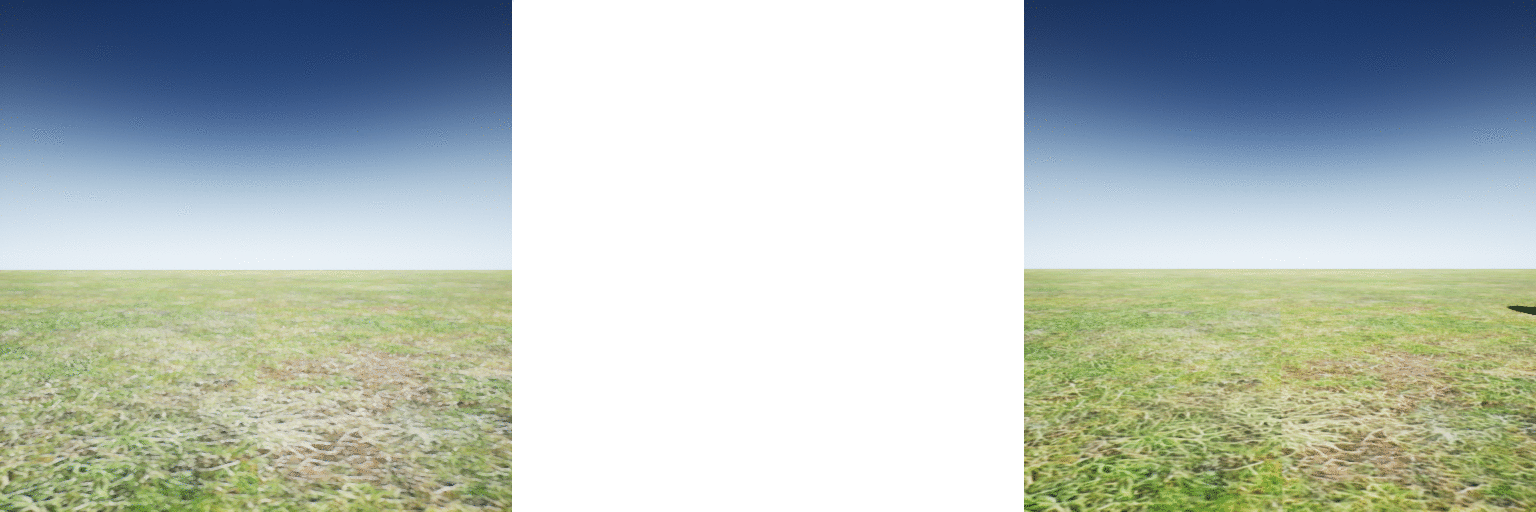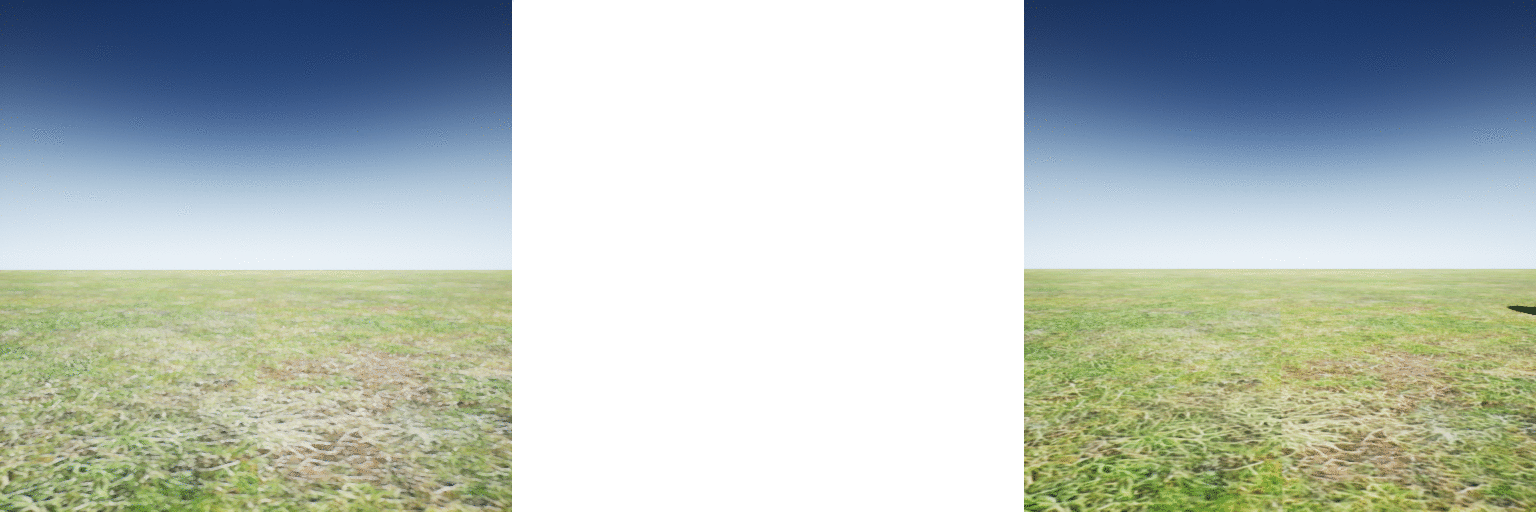Test Blocks: Examples
To illustrate the logical of IntPhys, we provide 4 examples of test blocks, each one being devoted to a particular principle of intuitive physics. A more complete list of blocks is to be found in the Future Benchmarks page.
Note
The test dataset is available at the Download and resources page.
Block O1: object permanence
This block tests wether a vision system has object permanence, that is, the principle that macroscopic objects dont pop in and out of existence. The computational challenge of this block is to achieve multi-object tracking through (some times rather long) occlusions.
The events are either occluded or visible, and the timing of the occlusion and objects motions is varied randomly from case to case, making it difficult to rely on simple tricks to discriminate between possible and impossible events.
Block O2: shape constancy
This block tests wether a vision system has shape constancy, that is, the principle that (solid) macroscopic objects keep they overall shapes (even though they may change their appearance. The computational challenge of this block is to achieve multi-object tracking through changes in appearance and/or partial occlusion.
Block O3: spatio-temporal continuity
This block tests wether a vision system encodes spatio-temporal continuity, that is, the principle that macroscopic objects cannot teleport across space without going to all of the intermediate steps. The computational challenge of this block goes beyond standard object tracking and requires to perform trajectory prediction (in order to detect that an object tracking is anomalous).
Here, the examples are given without occluders.
Block O4: energy conservation
This block tests wether a vision system encodes the principle of energy (and momentum) conservation. It states that the total energy (and momentum) of macroscopic objects has to stay constant when there is no friction. The computational challenge of this block requires rather precise trajectory prediction (in order to detect that an object tracking is anomalous).







